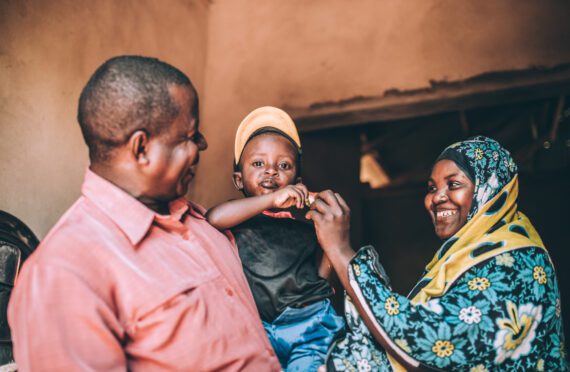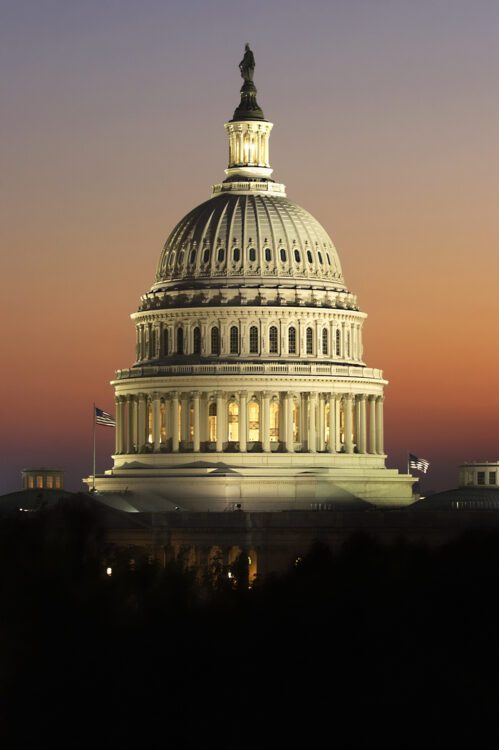Washington, D.C. – Today, Bread for the World released the following statement on the violence that has taken place at the U.S. Capitol Building:
“Bread for the World condemns the violence that has taken place in Washington, D.C. as well as inside and outside the U.S. Capitol Building. We call on people to pray for our nation and our democracy as we witness one of the gravest threats our system of government has ever faced. We also pray for all those injured and affected by the violence, including Capitol Hill police officers, Members of Congress and their staffs, Capitol Hill staff, and journalists.
“In these moments of deep despair, we trust and believe that God is our refuge and strength, our ever-present help in the time of trouble (Psalm 46:1). We pray that all of our nation’s leaders work to ensure there is a peaceful, faithful, and stable transition that we may pave the way to a stronger and more unified America and world.”



